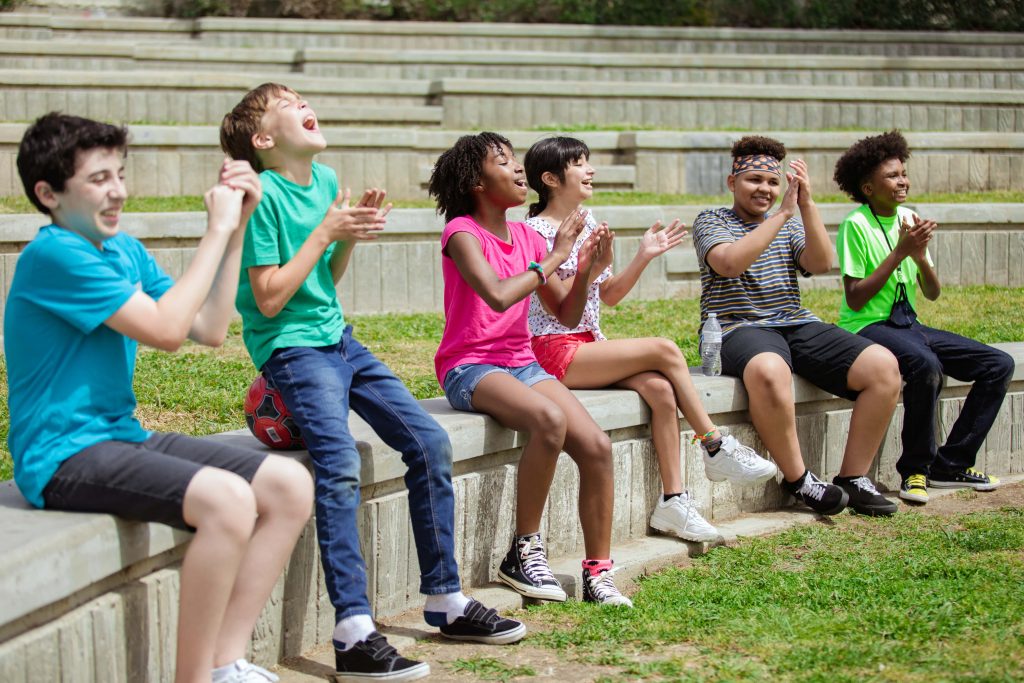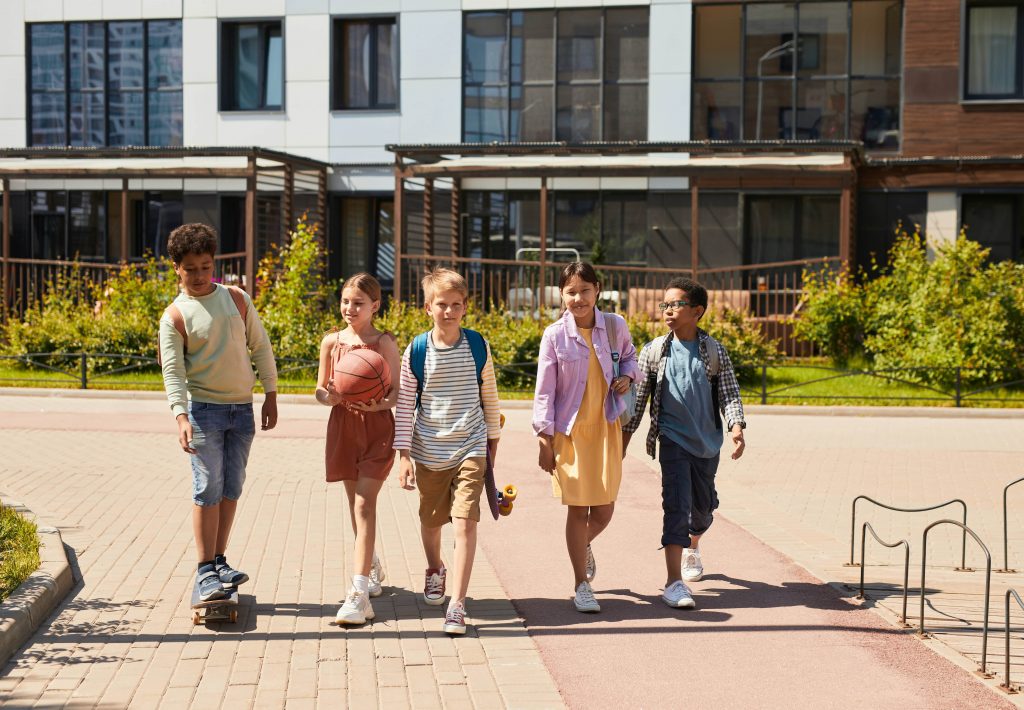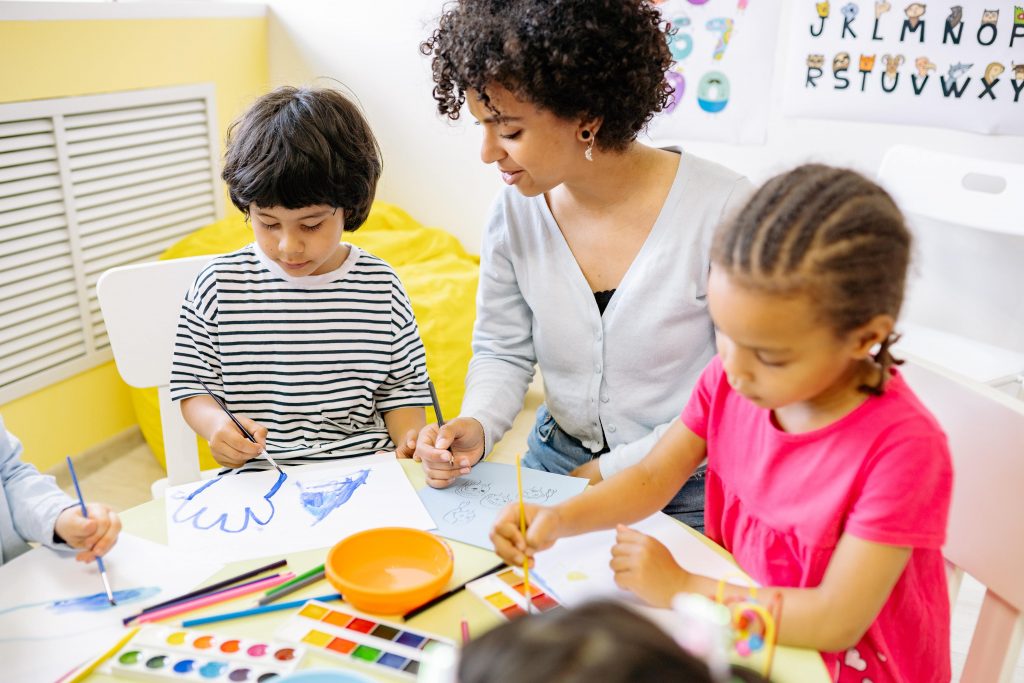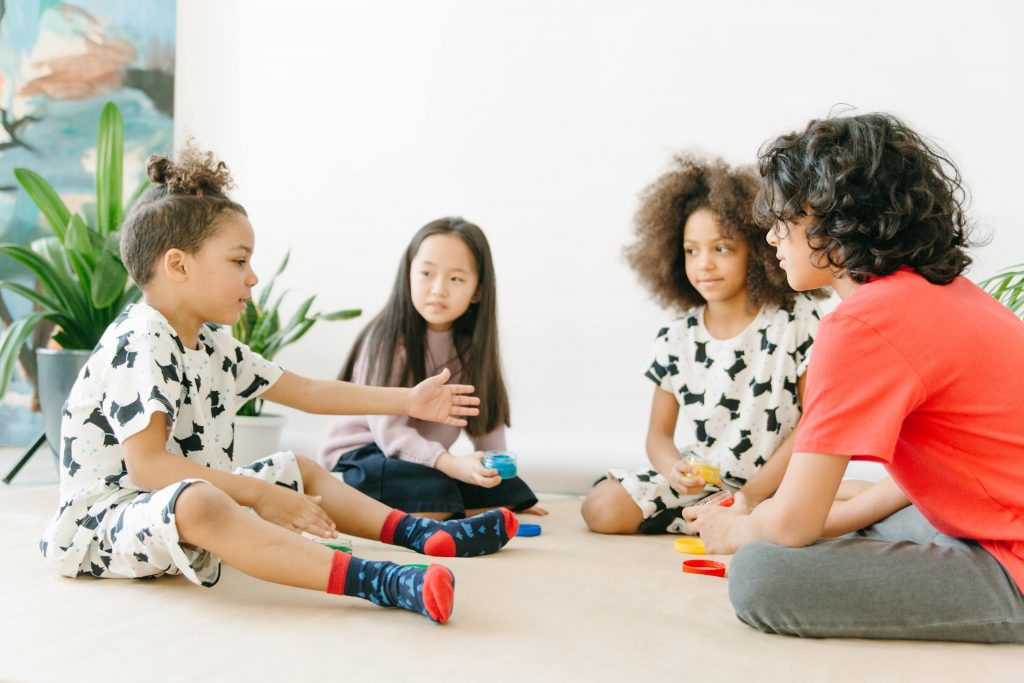On Belonging, Sameness and Difference
January 8, 2023
About two decades ago, I spent three years listening to and observing children in elementary school in Oakland, California. At the time, there was a hue and cry about the commercialization of childhood, and a widespread fear of children’s rising materialism. But what I found instead was that children most often used consumer goods to connect to others rather than to dominate them. In fact, children lived in what I came to call an “economy of dignity,” in which particular goods and experiences served as currency, or, to use another metaphor, as passports for their social citizenship. Children relied on particular goods like electronic games to signal to each other that they were part of the same group – and if they did not possess the goods that mattered, they strived to accumulate knowledge about those goods so they could position themselves as culturally fluent in their local environment. As I wrote in the book that came out of this research, their ultimate goal, the target of all this deployment of goods and knowledge, was establishing themselves as full citizens in their social world: in other words, their belonging.[1]
Belonging is an emotional state with real consequences, whose contours are shaped by powerful societal forces. Scholars tell us that belonging matters for physical and mental wellbeing; sadly, much of this research is based on what happens in its absence. Researchers have conducted experiments that find adults who feel excluded are less likely to donate to charity or play games with others, and they give up earlier in a frustrating task. Others have found that both subjective and objective measures of connectedness can have biological effects: feelings of loneliness and the objective measure of one’s social network size each predict one’s immune response to vaccination, for example. Psychologists contend belongingness is crucial to human thriving, “almost as compelling a need as food.”[2]

While a number of researchers have divided the emotional dimension (the “personal, intimate, feeling of being ‘at home’”) from its political sources (“the discursive resource which constructs, claims, justifies, or resists forms of socio‐spatial inclusion/exclusion”), I think we should resist such an impulse, as it cordons off the realm of sentiment to an intimate individual sphere devoid of politics. Instead, the two dimensions entwined is how most children – and most people generally – encounter belonging; personal, intimate feelings arise from the personal, intimate experience of power, of being included or excluded because of the meanings ascribed to particular categories and identities enacted in daily life.[3]
On Sameness and Difference
At first pass, the power of belonging might seem to reside in sameness. Certainly the children I studied (and their parents) were concerned about being different – bringing different food from home for lunch, having different toys or clothes or rituals. Many scholars worry about the belonging that relies on a certain homogeneity, which then serves to define some people as in or out.[4]

But this version of belonging both underestimates what is possible and ultimately what is necessary for a better world. Belonging relies on the cultural significance of not just sameness but also of difference. While I concluded my book by writing about how parents and teachers could help children achieve sameness – by restricting spending on birthday parties, for example, or by cooperating to buy meaningful large-ticket items together – I also noted that none of us can avoid the experience of being different in our social worlds; given that inevitability, what matters most – what is absolutely pivotal for children’s lives, for their sense of belonging, for their wellbeing – is the meaning that we make of difference.
How to Connect Across Difference
As it happens, we can actually connect to others across difference. My latest research finds that such connections are possible when we actually take the trouble to “see” each other. Seeing each other involves perceiving another person’s perspective or reality, reflecting it back to them in some way, and having them adjust, correct and ultimately accept that reflection, however partial it may be. In my latest work, I call that interactive process of seeing each other “connective labor,” and I argue that through it, we enact respect for the other, treating them like full human beings who deserve to be known. But difference is central to this process: we do not presume that we know them before trying to see them, because it is their very differences that require that we undertake this process together. Seeing the other is how we acknowledge someone’s differences, and yet share with them a sense of belonging.[5]

In my recent research, for example, Pamela, an African-American teacher in California, said she actually chose her profession because of a woman who managed to see her when she was a shy 13-year-old who had moved many times with her family, who was so withdrawn that she suffered from selective mutism. “I want to be the teacher that I wanted, and that I needed, and that I finally got,” Pamela told me. As Pamela’s story tells us, seeing the other is vital work that parents, teachers and other adults do for children.[6]
Children Seeing the Other
Yet children themselves also see the other. They do so among their peers, when they notice what their friends don’t want to talk about or what they take pride in, even when it violates adult rules; I saw many examples of this in my earlier research, as when a friend leapt in to explain that Jacquette’s father was “in the Big House,” his incarceration serving to underscore why Jacquette cherished the card from him that she was showing us. In fact, seeing the other happens on a much more mundane level; it is something that children do all the time when they engage in social play. As play researcher Peter Gray reminds us, children have to take the other into account when they play, or they might be left with no playmates. “The golden rule of social play is not ‘Do unto others as you would have them do unto you.’ Rather, it’s something much more difficult: ‘Do unto others as they would have you do unto them’,” Gray wrote. “To do that, you have to get into other people’s minds and see from their points of view.” In fact, he argues, “the equality of play is not the equality of sameness. Rather, it is the equality that comes from respecting individual differences and treating each person’s needs and wishes as equally important.”[7]

As many scholars have noted, the goal of seeing the other introduces all sorts of problems – can we ever actually know another human being? Does the process of trying to see the other mean we force them into pre-existing labels that actually deny their particularities? How do we set aside our preconceived notions about social categories to make a connection with the human being in front of us? Many of these thorny questions rest on the very real challenges that difference can pose. Yet as Pamela might tell us, the experience of feeling seen is a profound one, and the practice of seeing another – however imperfectly – is a powerful way to forge a connection.
A deep sense of belonging rests not just on shared sameness, but the purposeful integration across difference. Children and adults can be helped to connect across difference through seeing each other, and organizations like schools and neighborhoods can cultivate connective cultures that enable us to see each other better. The wellbeing of children (and adults) depends on it.
Author’s bio
Allison Pugh Professor of Sociology and Chair of the Department of Women, Gender and Sexuality at the University of Virginia.
[1] The book that came out of this research was entitled Longing and Belonging: Parents, Children and Consumer Culture (Pugh 2009).
[2] See Newman et al 2007; Baumeister et al 2005; Pressman et al 2005; Twenge et al 2007. The “food” quote comes from Baumeister and Leary 1995 (p. 498).
[3] The quotes come from Antonsich 2010 (p. 645).
[4] Some writings on sameness and difference with regard to belonging that have inspired me include Butler (2019), Wright (2015), and Yuval-Davis (2006).
[5] Vanessa May (2013) also finds a role for recognition in belonging.
[6] I write about Pamela in Pugh 2022.
[7] The quotes come from an article Gray published in the Aeon online magazine (2013).
References
Antonsich, Marco. «Searching for belonging–an analytical framework.» Geography Compass 4, no. 6 (2010): 644-659.
Baumeister, R. F., & Leary, M. R. 1995. The need to belong: Desire for interpersonal attachments as a fundamental human motivation. Psychological Bulletin, 117(3), 497–529.
Baumeister, Roy F., C. Nathan DeWall, Natalie J. Ciarocco, and Jean M. Twenge. 2005. «Social exclusion impairs self-regulation.» Journal of Personality and Social Psychology 88, no. 4: 589.
Butler, Rose. 2019. Class, Culture and Belonging in Rural Childhoods. Singapore: Springer.
Gray, Peter. 2013. “The Play Deficit.” Aeon. September 18. URL: https://aeon.co/essays/children-today-are-suffering-a-severe-deficit-of-play. Accessed January 8, 2023.
May, Vanessa. 2013. Connecting self to society: Belonging in a changing world. New York and London: Palgrave MacMillan.
Newman, Barbara M., Brenda J. Lohman, and Philip R. Newman. 2007. «Peer group membership and a sense of belonging: their relationship to adolescent behavior problems.» Adolescence 42, no. 166.
Pressman, Sarah D., Sheldon Cohen, Gregory E. Miller, Anita Barkin, Bruce S. Rabin, and John J. Treanor. 2005. «Loneliness, social network size, and immune response to influenza vaccination in college freshmen.» Health Psychology 24, no. 3: 297.
Pugh, Allison J. 2022. «Emotions and the systematization of connective labor.» Theory, Culture & Society 39, no. 5: 23-42.
Pugh, Allison J. 2009. Longing and Belonging: Parents, Children and Consumer Culture. Berkeley: University of California Press.
Twenge, Jean M., Roy F. Baumeister, C. Nathan DeWall, Natalie J. Ciarocco, and J. Michael Bartels. 2007. «Social exclusion decreases prosocial behavior.» Journal of personality and social psychology 92, no. 1: 56.
Wright, Sarah. «More-than-human, emergent belongings: A weak theory approach.» Progress in Human Geography 39, no. 4 (2015): 391-411.
Yuval-Davis, Nira. 2006. «Belonging and the politics of belonging.» Patterns of Prejudice 40, no. 3: 197-214.